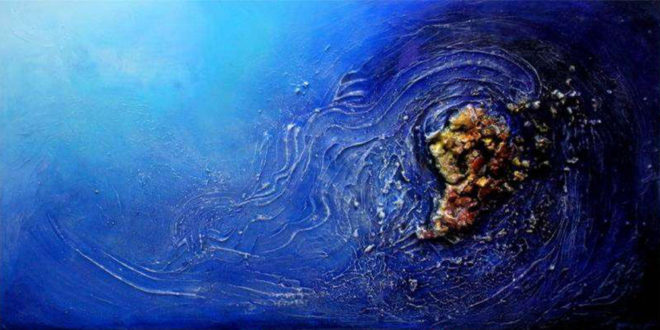-
T.S. Eliot’s poem “The Hollow Men” has been described as a condensed version of The Waste Land. It explores similar themes in a similar order. The cadence and structure is more reminiscent of The Lord’s Prayer, and can be read as sort of prayer to understand the all-too brief middle that exists between a beginning and an ending. It feels pretentious to sum up the poem’s message as the quest to understand the meaning of life, but isn’t that what all poetry and art is about?
Life is very long
Between the desire
And the spasm
Between the potency
And the existence
Between the essence
And the descent
Falls the Shadow
For Thine is the KingdomFor Thine is
Life is
For Thine is theThis is the way the world ends
This is the way the world ends
This is the way the world ends
Not with a bang but a whimper.The stuttering repetition in the final lines brings to mind the last gasp before death. I always figure that’s when the Meaning of Life will be revealed, in that last second of consciousness before we die.
Maybe the meaning is as Monty Python said: “Try and be nice to people, avoid eating fat, read a good book every now and then, get some walking in, and try and live together in peace and harmony with people of all creeds and nations.” Perhaps it’s simply a random number like 42. Or perhaps it’s something private that differs for everyone.
The painting, then, depicts a swirling sky, or water, in which a rocky organic shape – a leaf, a skull, a continent – seems to be dissolving. The shape is surrounded by air or wavy motion lines. It’s not static but it is not dynamic because the blues are soothing, not jarring. There’s a sense of day to night transition and a very gentle explosion, frozen in place and time.
Mixed Media (pigment, marble and clay dust, paste, glazes) on canvas, 24″ x 48″
2009
Located at: The Beaumont Studios

